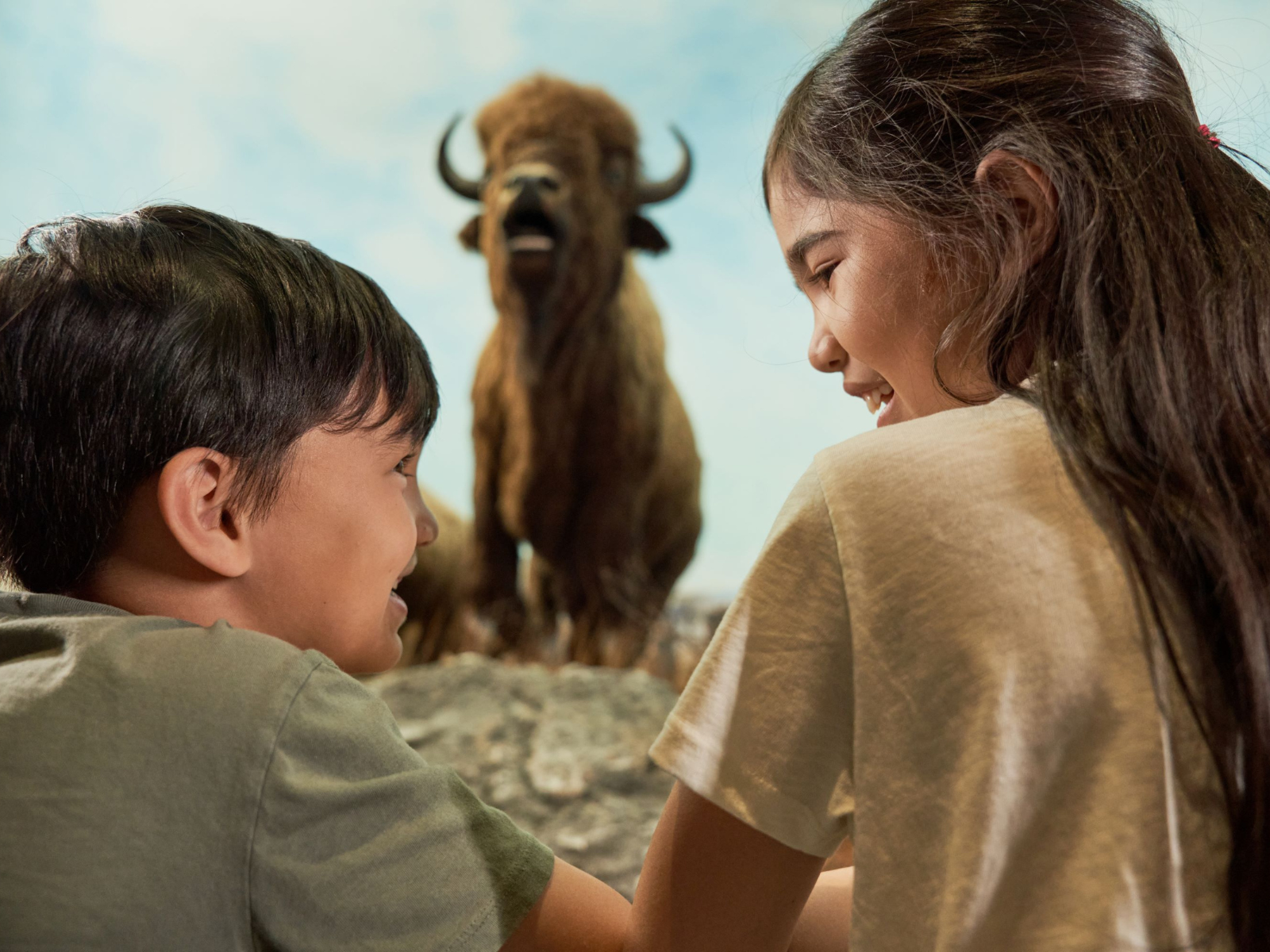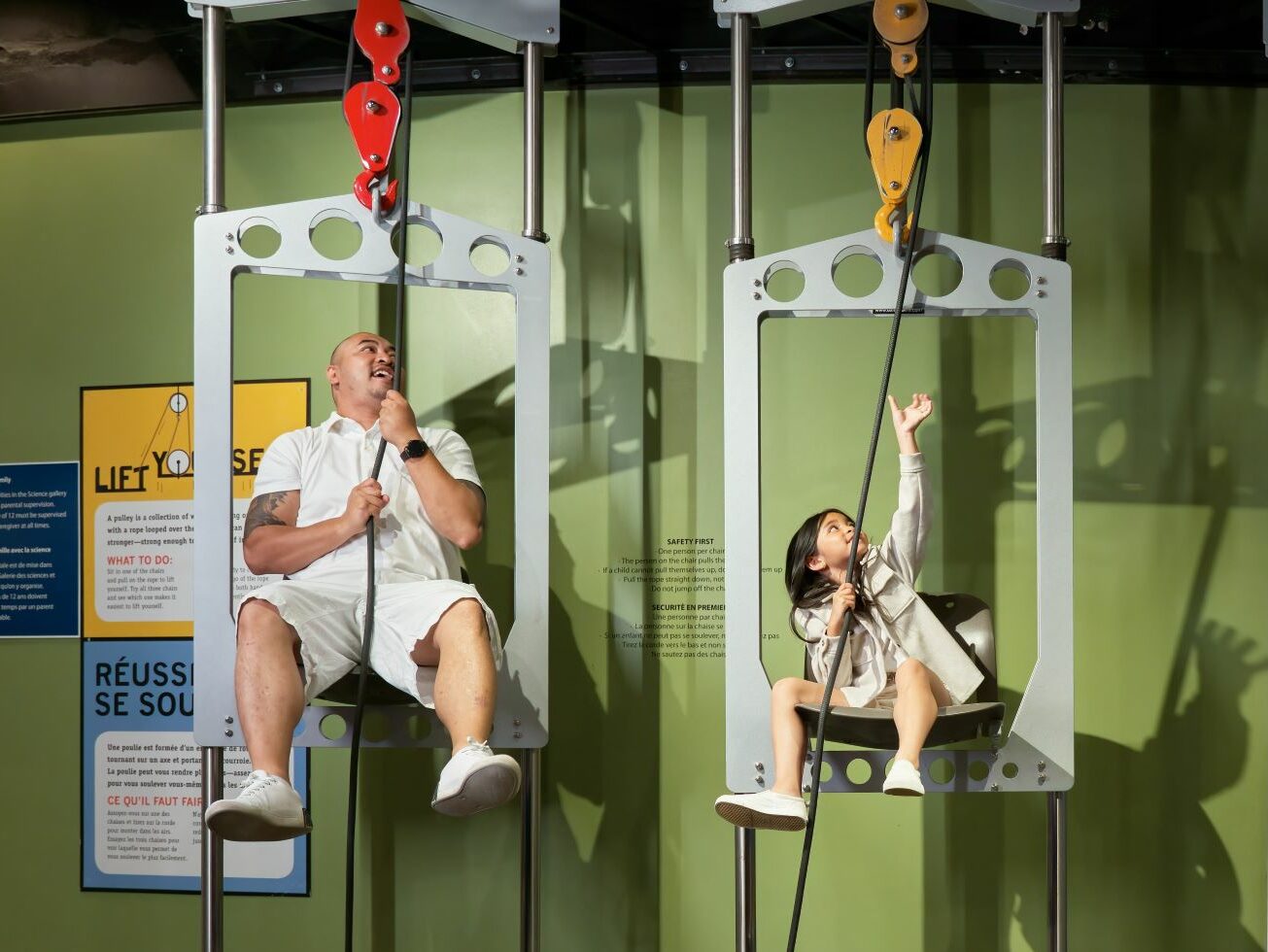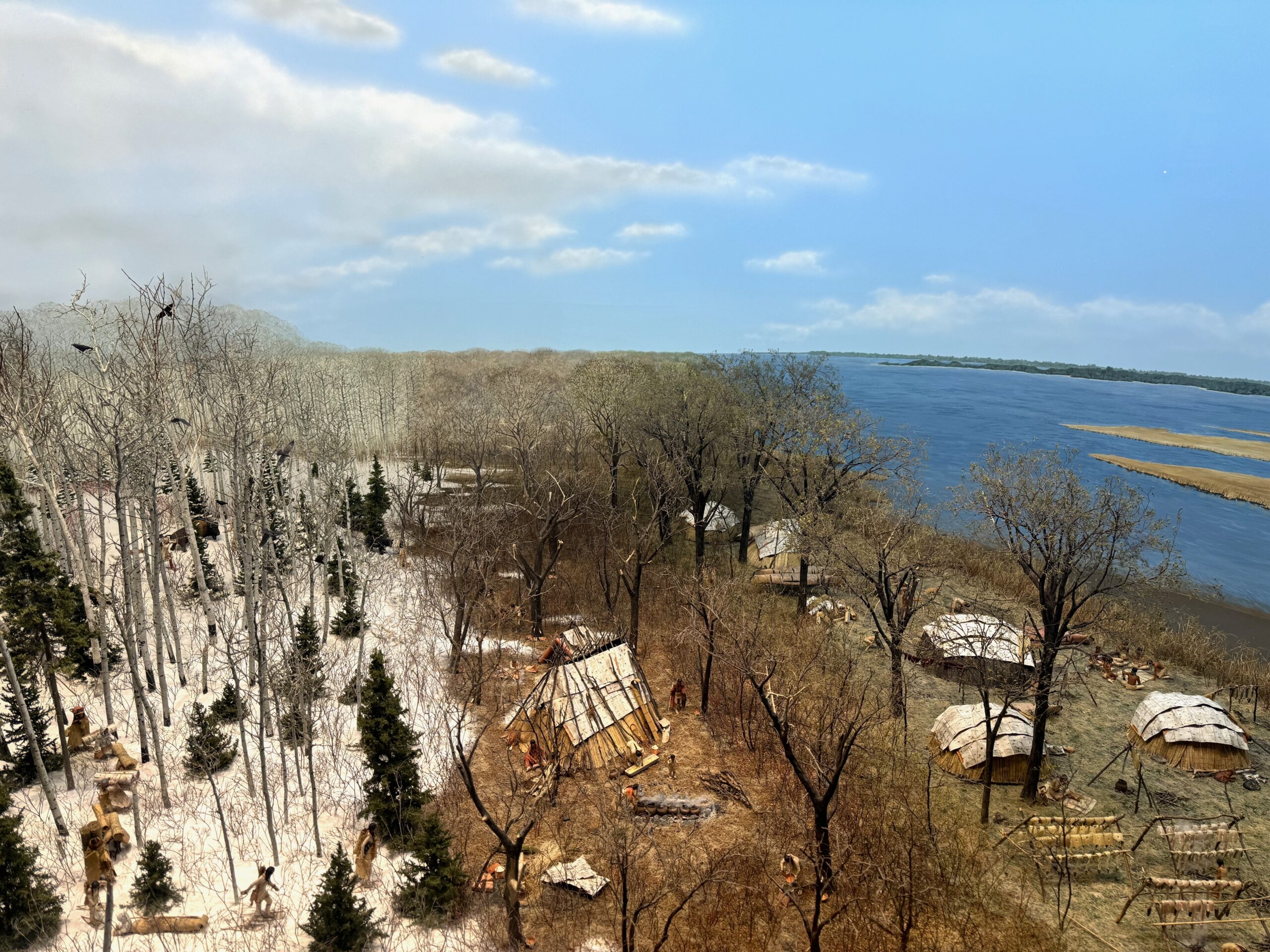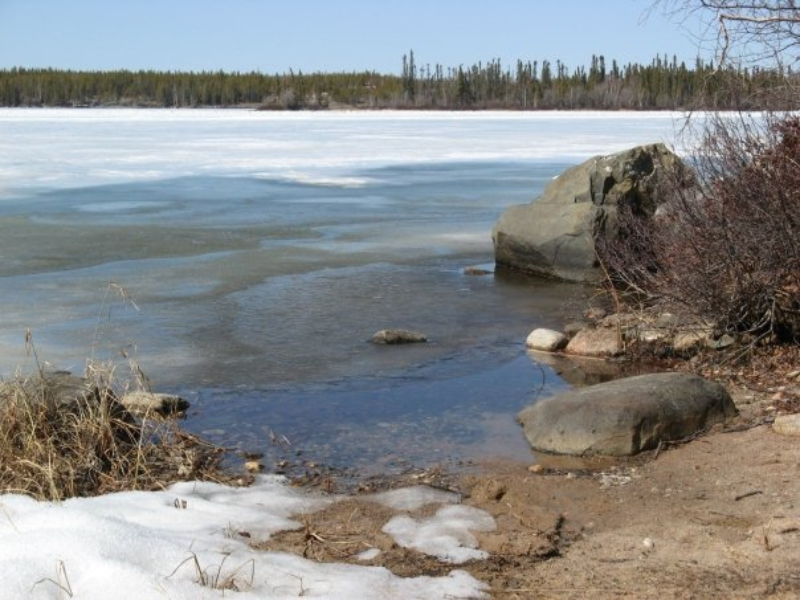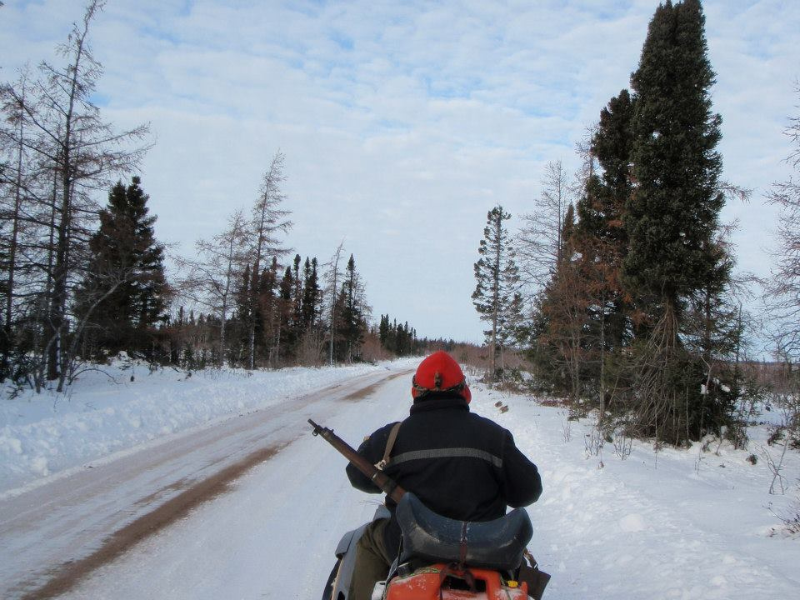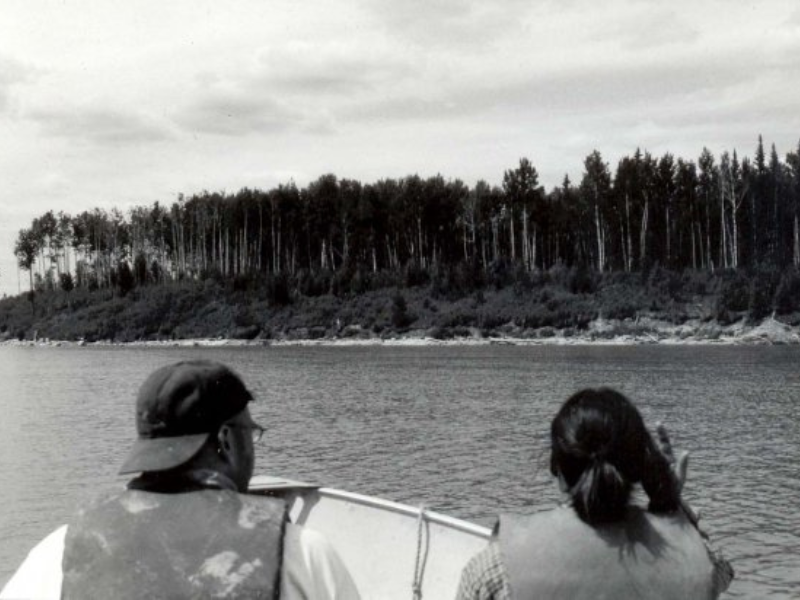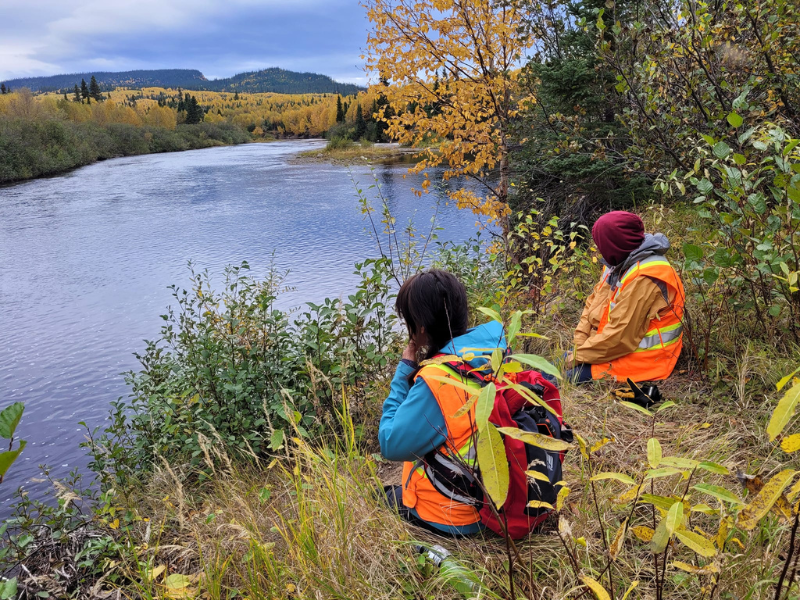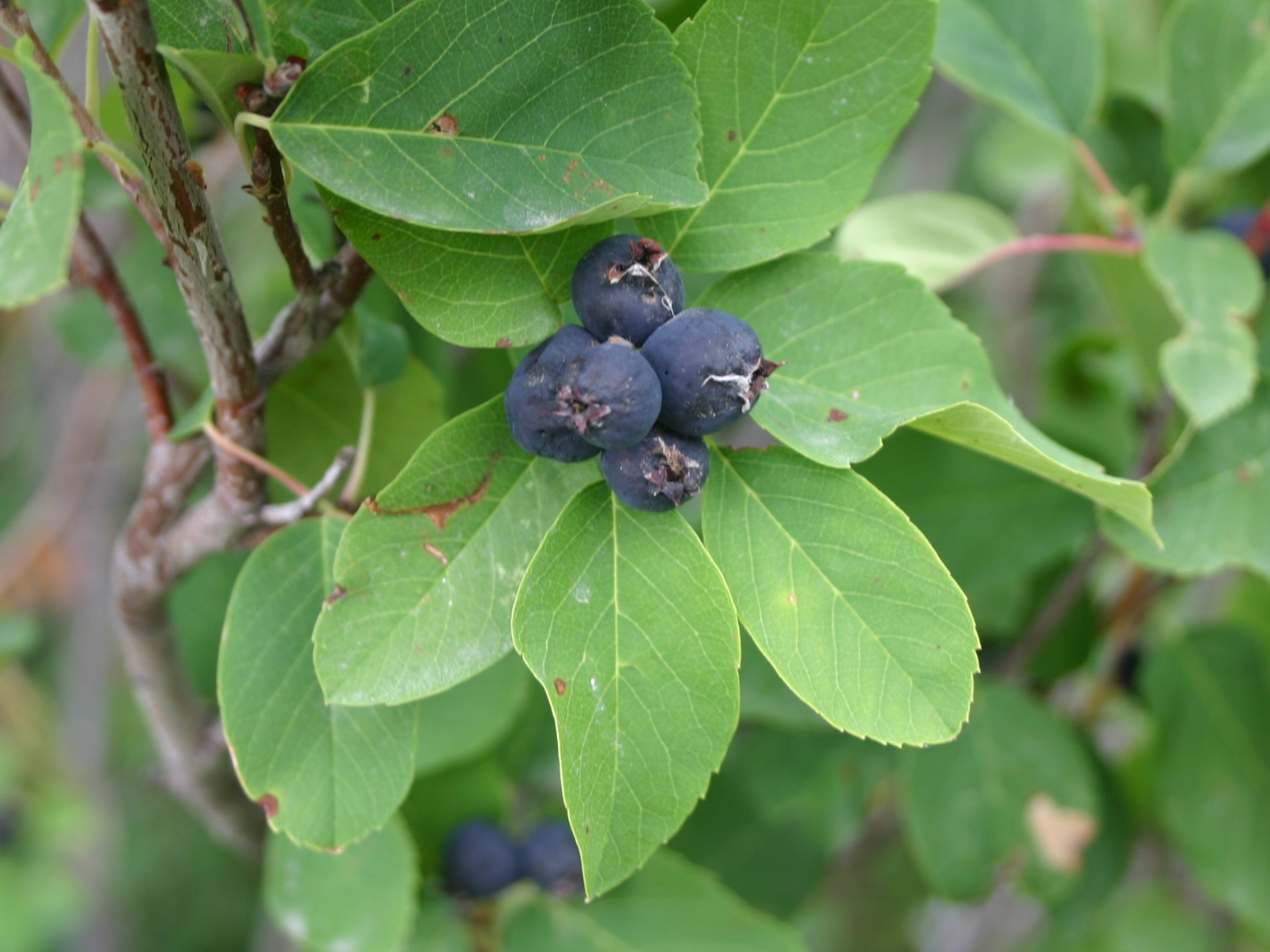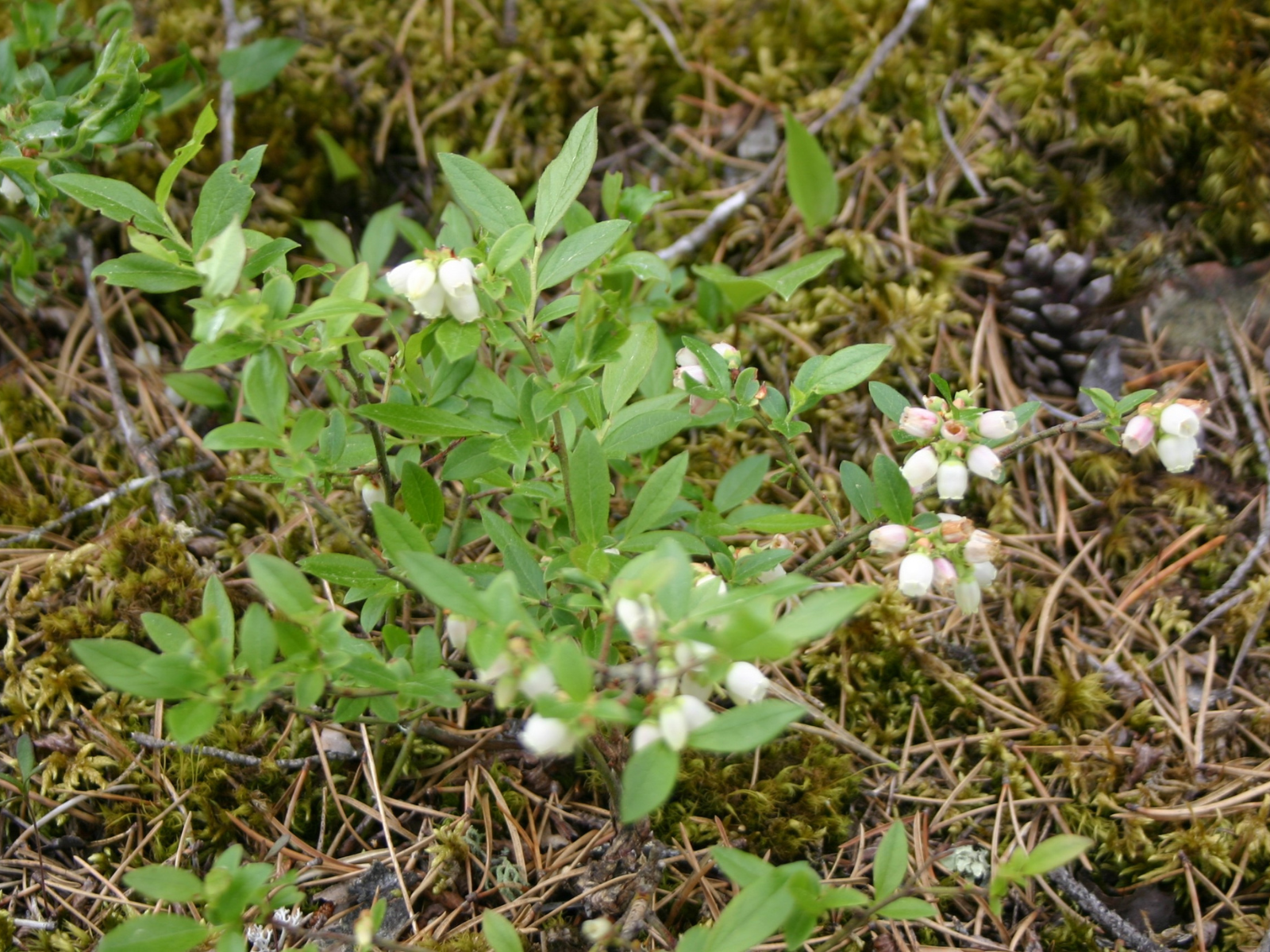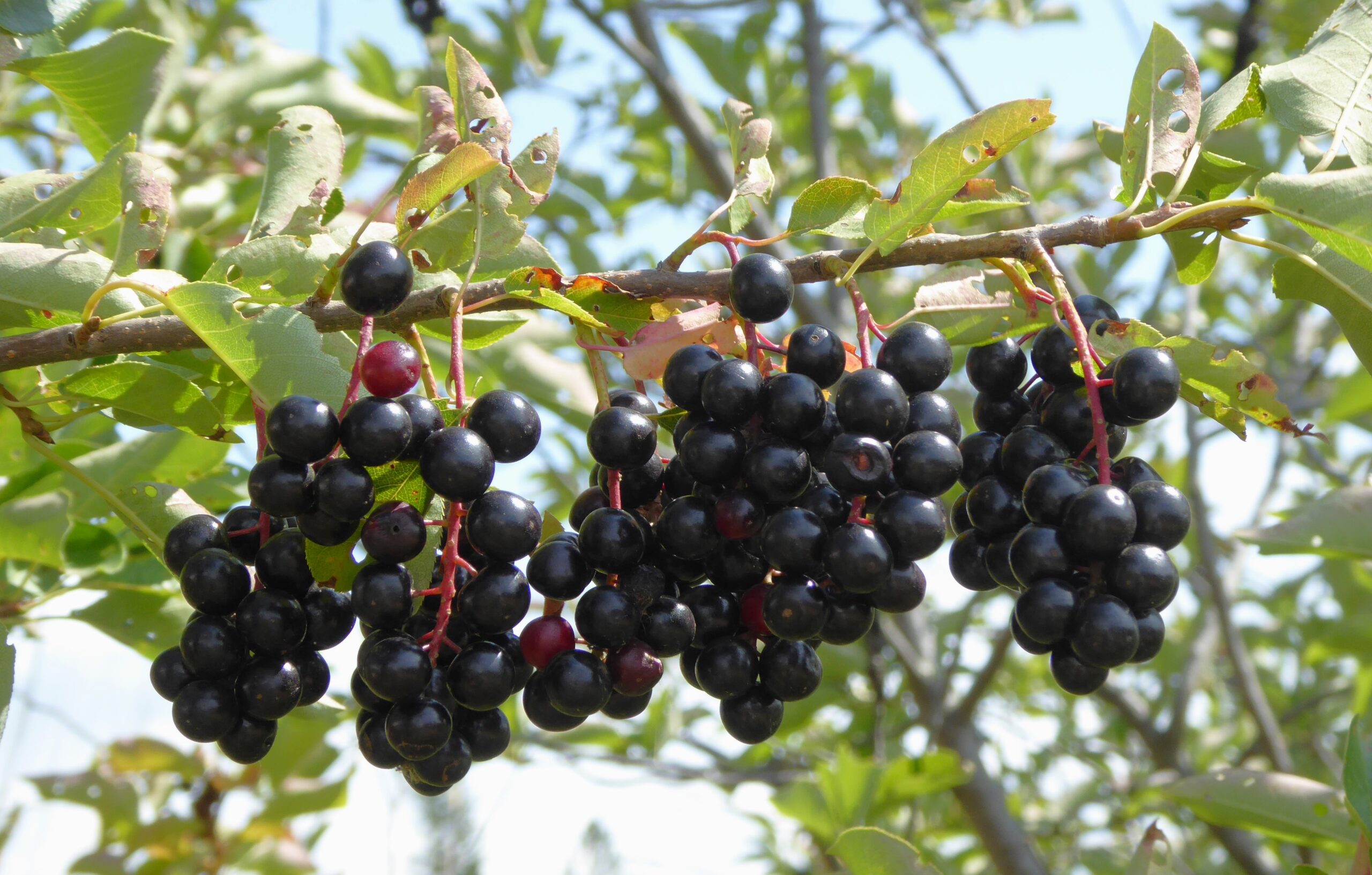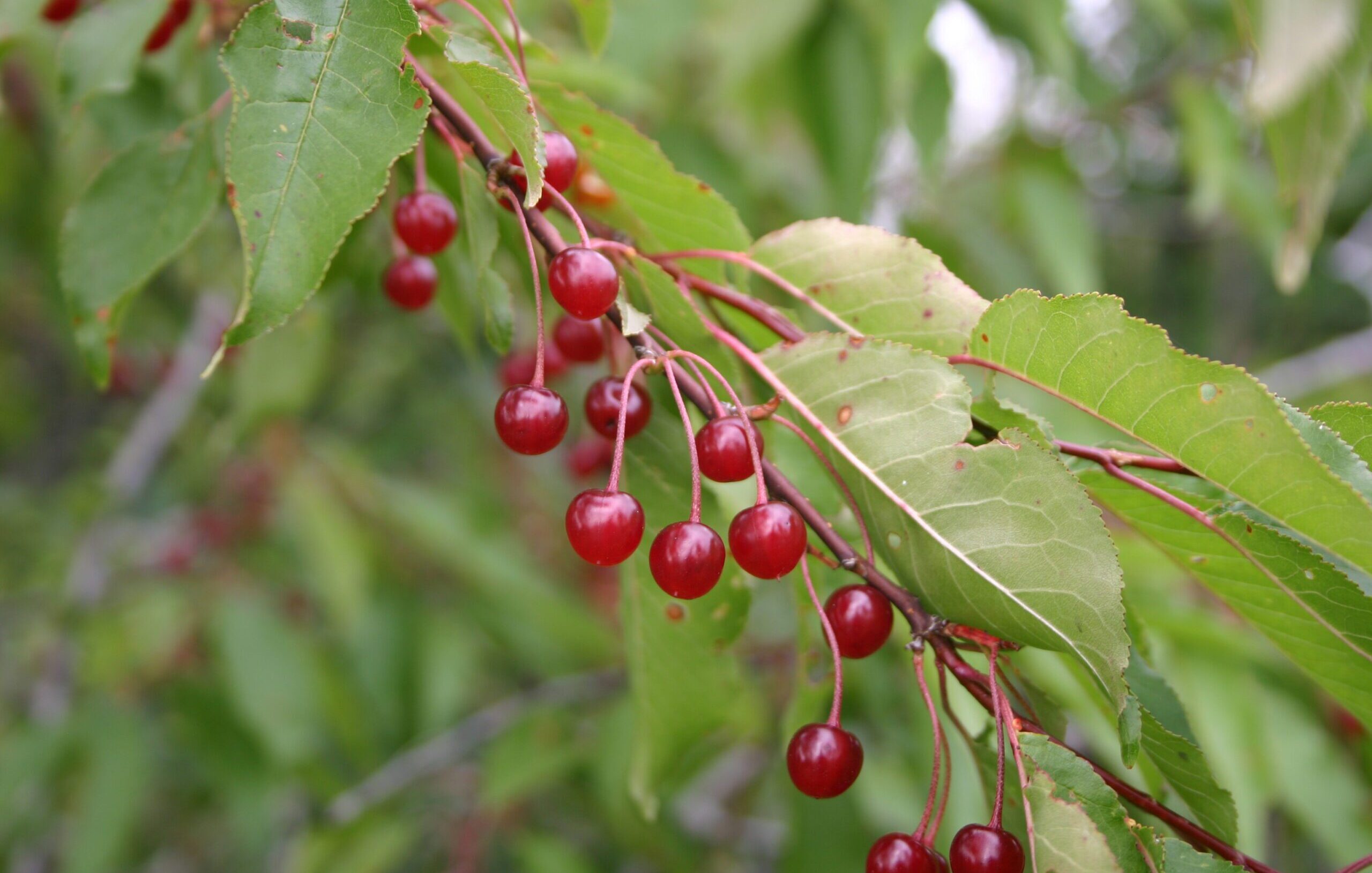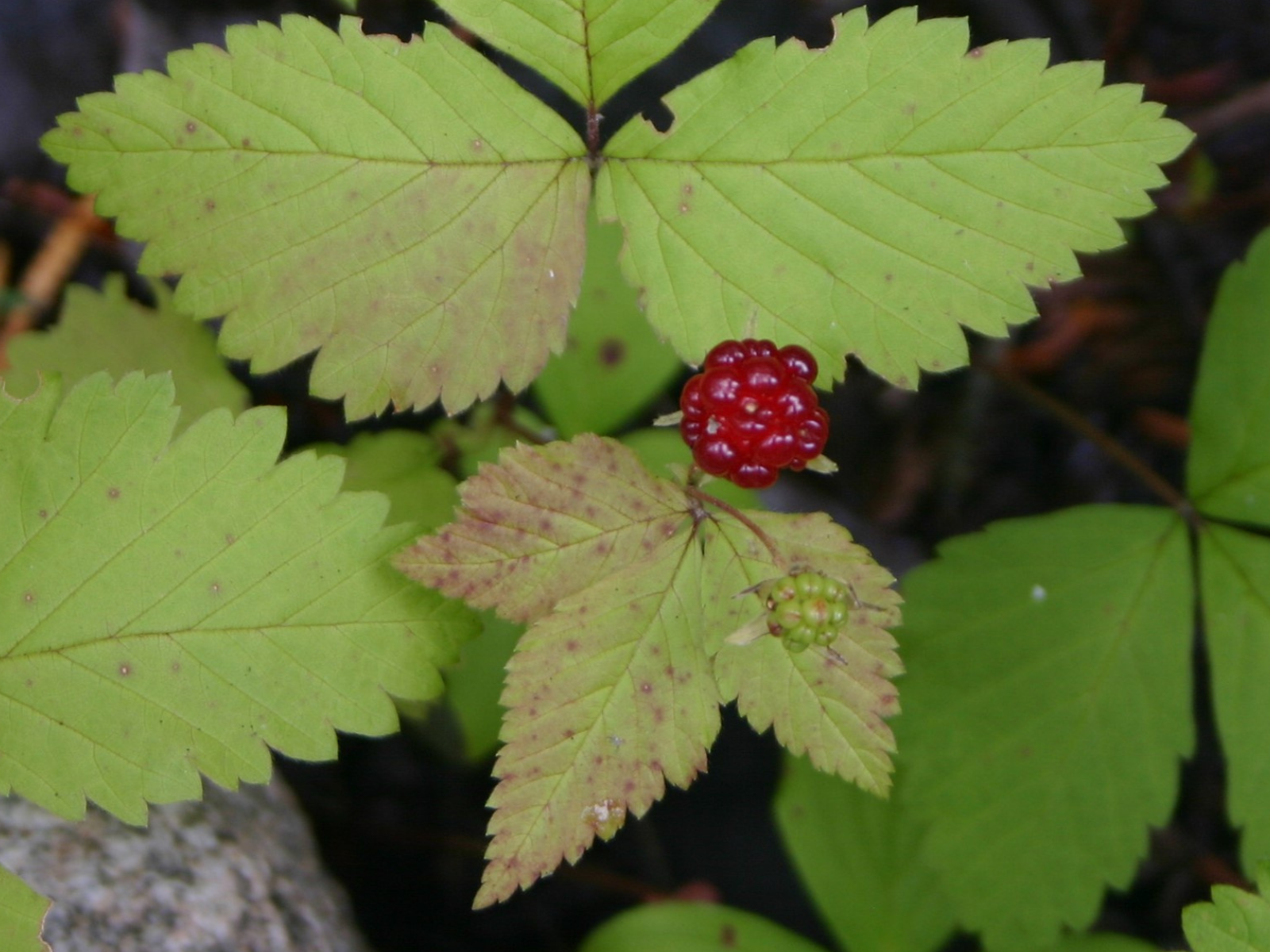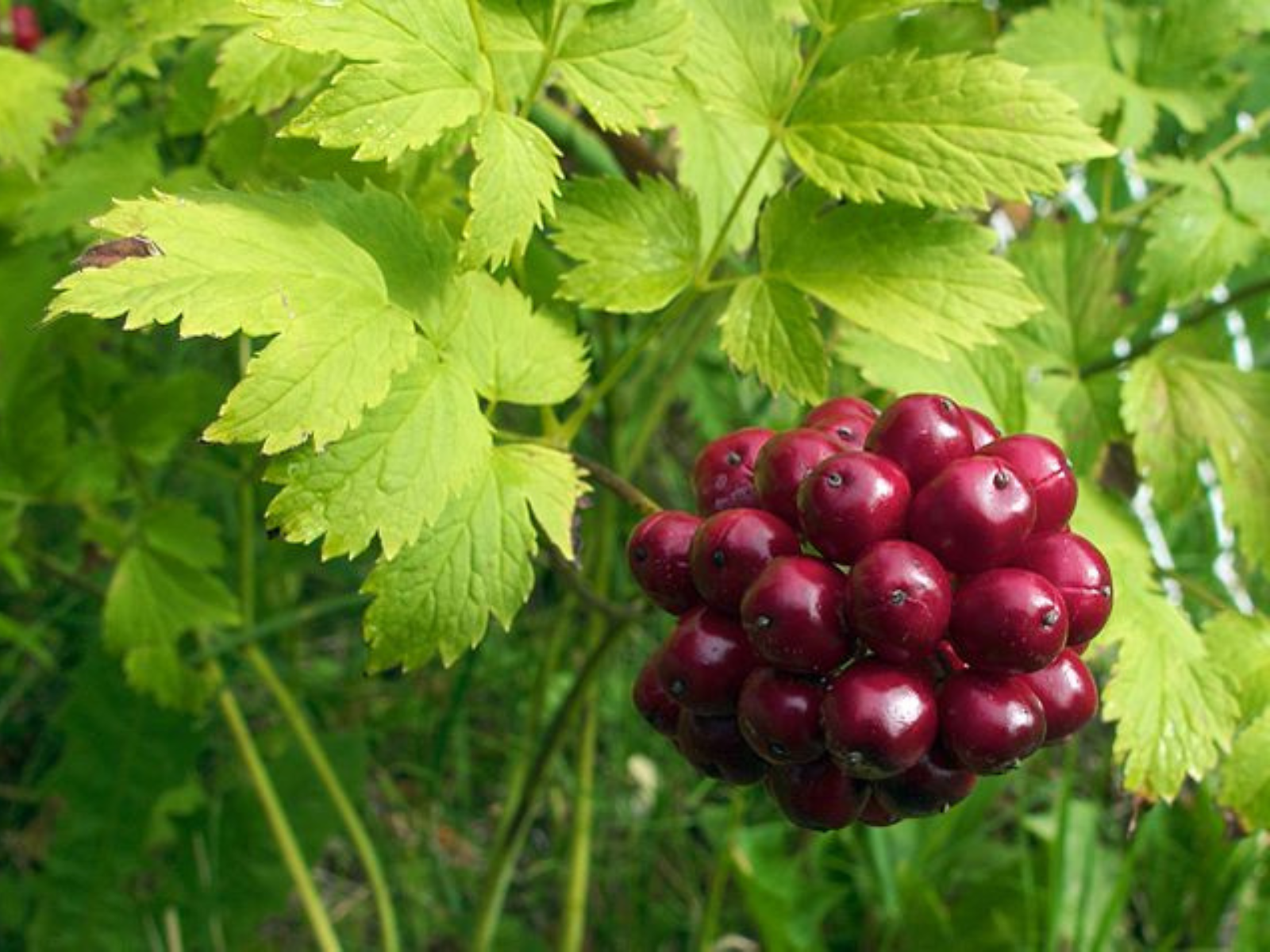Treaty No. 1 Territory – Winnipeg, Manitoba: July 8, 2024 – The Manitoba Museum is pleased to welcome Tabitha Harper in the role of Museum Advisor on Indigenous Relations and Reconciliation (M.A.I.R.R.). In this new role, Harper will be instrumental in supporting and strengthening new and existing community relationships, developing a framework to guide the Museum’s implementation of the United Nations Declaration on the Rights of Indigenous Peoples (UNDRIP), and will meaningfully contribute to advancing Indigenous reconciliation efforts with First Nations, Inuit, and Métis communities.
Harper was raised on Kinonjeoshtegon First Nation, located on the west shore of Lake Winnipeg, and attended high school in Winnipeg. She graduated with a diploma from Red River College Polytech’s Social Innovation and Community Development Program, with a major in Indigenous Social Entrepreneurship. Harper also draws on an informal education through lived experiences, such as ceremony and being an active helper in her community. Harper notes these experiences have helped her to remain humble and prepared to be ready and willing to support those in need.
Harper has held roles as Child Development Worker and Assistant Case Manager for Kinonjeoshtegon First Nation Jordan’s Principle and was the first Indigenous Cultural Program Instructor for the Assiniboine Park Conservancy (APC). Although her role at APC allowed Harper to reconnect and embrace her culture confidently, it also served as an often-painful reminder of her ancestors who were not able to legally practice their cultures and traditions.
“Through my schooling, I studied the lack of Indigenous representation and perspective within institutions and organizations in Manitoba, specifically about the interconnections between microaggressions, high turnover rate, and hesitancy on both sides for reconciliation. My passion is for overall wellness of Indigenous peoples so that they may thrive, heal, and strive towards self-determination and self-governance. Managing difficult conversations that support vulnerability and respect is an environment needed when discussing reconciliation; I feel my new role at the Manitoba Museum supports Indigenous inclusion, perspective, and reconciliation in a good way.” – Tabitha Harper, Museum Advisor on Indigenous Relations and Reconciliation.
In 2022, the Manitoba Museum introduced a 5-year Strategic Plan intended to guide the Museum’s way forward to becoming a more impactful and transformative institution. Highlighted in this plan was the necessity to acknowledge the role the Museum played in colonization, and to demonstrate its commitment to advance decolonization, reconciliation, and repatriation in all facets of the Museum’s work. This new role was in part created to ensure the Museum’s decisions and actions were properly informed, and to maintain respectful and collaborative relationships with Indigenous communities.
“I want to be a bridge not only for Indigenous people, but also non-Indigenous people, to provide support and engagement opportunities for transparent communications. I believe that my work in this position will help Indigenous peoples feel more welcome to attend, connect, and interact in Museum spaces, and I’m looking forward to developing relationships and connecting with Indigenous and non-Indigenous peoples – because I feel the most rich and fruitful connections happen through meaningful and respectful relationships” – Tabitha Harper.
The Canadian Museums Association’s ‘Moved to Action: Activating UNDRIP in Canadian Museums’ Report is a direct response to the Truth and Reconciliation Commission’s Call to Action #67. The Manitoba Museum uses this vital resource as a guide to determine their compliance with UNDRIP and identify what work is still needed. With Harper’s guidance, the knowledge and support of the Indigenous Advisory Circle to the Manitoba Museum, and the expertise of museum colleagues from coast to coast to coast, the Manitoba Museum will develop an implementation framework to ensure museum policies and practices uphold the Articles of UNDRIP related to museums and heritage institutions.
“While Tabitha brings invaluable knowledge and wisdom to this role, the Museum as a whole carries the responsibility to repair relationships with First Nations, Inuit, and Métis communities. As the Museum Advisor on Indigenous Relations and Reconciliation, Tabitha will work together with colleagues across our institution to dismantle existing systems which fail to uphold the rights of Indigenous peoples to self-determination, and control and authority over their own heritage, tangible and intangible.” – Dorota Blumczynska, CEO of the Manitoba Museum.
The Manitoba Museum, as a steward of First Nations, Inuit, and Métis artifacts, has a profound responsibility to partner with First Nations, Inuit, and Métis communities in sharing their stories, stories that are at the heart of Manitoba’s history. In the spirit of truth and reconciliation, cultural revitalization, and knowledge and language reclamation, the Manitoba Museum recognizes its larger commitment and responsibility to honour the unique relationship between Indigenous peoples and the Museum. This conscious recognition endeavors to support the practice and revitalization of First Nations, Inuit, and Métis cultural traditions—past, present, and future.
